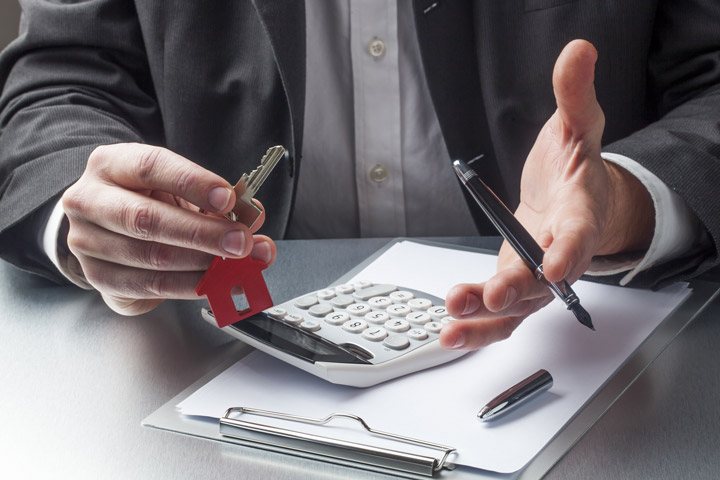
What Are the Components of an Appraisal?Their home's purchase can be the most significant investment most may ever encounter. It doesn't matter if where you raise your family, a second vacation home or one of many rentals, the purchase of real property is a complex financial transaction that requires multiple parties to see it through. You're probably familiar with the parties taking part in the transaction. The real estate agent is the most recognizable person in the transaction. Then, the mortgage company provides the financial capital necessary to bankroll the transaction. The title company sees to it that all aspects of the exchange are completed and that the title is clear to transfer to the buyer from the seller. So, what party makes sure the value of the property is in line with the amount being paid? In comes the appraiser. We provide an unbiased estimate of what a buyer might expect to pay — or a seller receive — for a property, where both buyer and seller are informed parties. A licensed, certified, professional appraiser from Tom Weinman will ensure, you as an interested party, are informed. The inspection is where an appraisal startsTo determine an accurate status of the property, it's our responsibility to first conduct a thorough inspection. We must physically view features, such as the number of bedrooms and bathrooms, the location, living areas, etc, to ensure they really exist and are in the shape a typical buyer would expect them to be. The inspection often includes a sketch of the house, ensuring the square footage is correct and illustrating the layout of the property. Most importantly, the appraiser looks for any obvious features - or defects - that would have an impact on the value of the house. Once the site has been inspected, we use two or three approaches to determining the value of the property: paired sales analysis and, in the case of a rental property, an income approach. 
Cost ApproachThis is where the appraiser pulls information on local construction costs, labor rates and other elements to derive how much it would cost to replace the property being appraised. This value often sets the maximum on what a property would sell for. It's also the least used predictor of value. 
Analyzing Comparable SalesAppraisers get to know the subdivisions in which they work. They thoroughly understand the value of specific features to the homeowners of that area. Then, the appraiser looks up recent sales in the area and finds properties which are 'comparable' to the real estate in question. By assigning a dollar value to certain items such as square footage, extra bathrooms, hardwood floors, fireplaces or view lots (just to name a few), we add or subtract from each comparable's sales price so that they more accurately portray the features of subject.
A valid estimate of what the subject might sell for can only be determined once all differences between the comps and the subject have been evaluated. At Tom Weinman, we are experts when it comes to knowing the value of real estate features in South Amboy and Middlesex County neighborhoods. This approach to value is usually awarded the most consideration when an appraisal is for a home purchase. Valuation Using the Income ApproachA third way of valuing approach to value is sometimes employed when a neighborhood has a measurable number of rental properties. In this scenario, the amount of revenue the real estate yields is taken into consideration along with income produced by similar properties to give an indicator of the current value. ReconciliationExamining the data from all approaches, the appraiser is then ready to put down an estimated market value for the property in question. Note: While the appraised value is probably the most accurate indication of what a house is worth, it probably will not be the price at which the property closes. Depending on the individual situations of the buyer or seller, their level of urgency or a buyer's desire for that exact property, the closing price of a home can always be driven up or down.But the appraised value is often used as a guideline for lenders who don't want to loan a buyer more money than the property is actually worth. At the end of the day, an appraiser from Tom Weinman will help you discover the most fair and balanced property value, so you can make wise real estate decisions. |